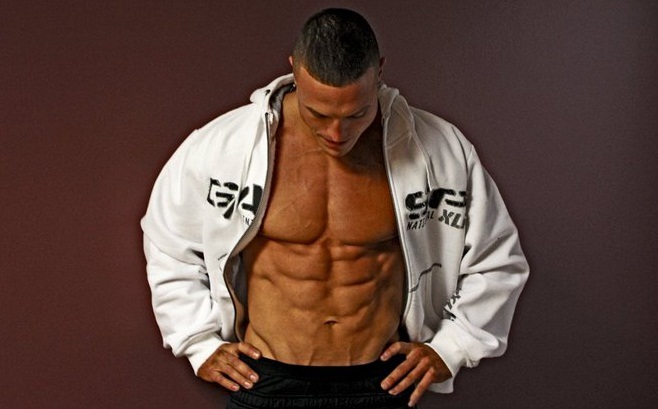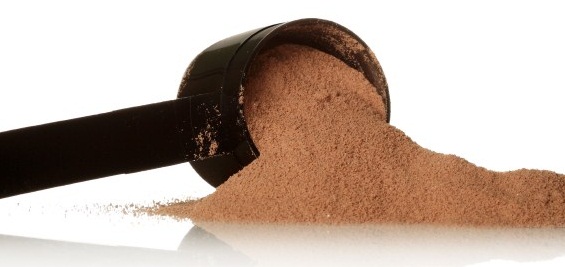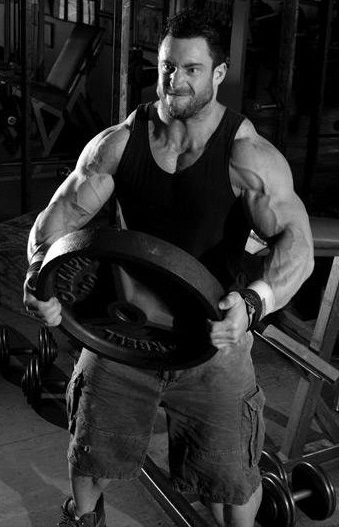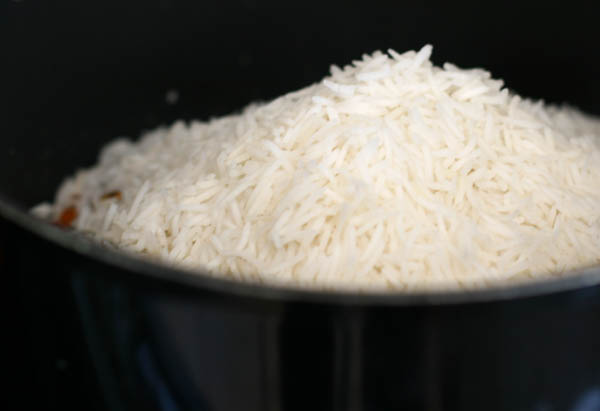Are you eating enough protein? Yeah, we’ve heard all the excuses: You were stuck in a meeting, you’re tired of bland, rubbery chicken breasts, you’re a vegetarian. Yada, yada, yada.

Since you obviously weren’t paying attention the last 2,754 times we told you how important it is to get your daily protein fix you know, about 1 gram per pound of bodyweight we’ll stop. And then we’ll help you solve these protein predicaments that are stunting your growth. Just promise us one thing: No more excuses!
#1 The Problem
You’re a vegetarian who wants to get adequate protein without having to drink shakes all day.
The Fix
No shakes, no meat, no fowl; you’ll have to be fairly crafty with dairy products, specifically low-fat cottage cheese. A single cup yields about 30 grams of protein. You can add Equal and cinnamon for flavor, which keeps the calories low, and eat it throughout the day. Another idea is to eat whole-grain crackers with fat-free block cheese. An ounce a little smaller than the size of your thumb yields 7 grams of protein. Or make lasagna with protein-rich, fat-free ricotta cheese; a half-cup yields more than 40 grams. Try adding Equal to your ricotta, then spread it on rice cakes for a quick, high-protein alternative to protein shakes.
#2 The Problem

You can’t find any quick, easy, high-protein snacks that are also low in carbs and fat.
The Fix
This is a problem for many athletes. Since carbs are convenient, they often make up the bulk of a diet when time is of the essence.
A few suggestions:
Get in the habit of making cold-cut sandwiches at home and taking them along with you. Turkey breast, roast beef and fat-free cheese can be served on reduced-calorie bread, providing a high-protein, lower-carb snack. If you’re empty-handed, hit your nearest convenience store and pick up some low-fat cottage cheese, jerky, lunch meat or skim milk. You can find these items pretty much everywhere.
#3 The Problem
You don’t know how much protein to eat per serving.
The Fix
You’ve probably heard that if you consume more than about 50-60 grams of protein at a single meal, your body won’t be able to absorb it all, but consume too little and you’re starving your muscles.
Here’s an easy remedy:
Tie your bodyweight to your protein needs. If you’re a 200-pound hardgainer, you’ll need 200 grams of protein daily. Then divide that by the minimum number of times you’ll need to eat per day to build muscle (preferably five or six). In this case, you’d need 33-40 grams of protein per meal. Protein needs increase for those trying to shed bodyfat, as added protein protects against muscle loss when calories drop.
In that case, multiply your bodyweight by 1.5, then divide by 5 or 6. The 200-pounder then would need 300 grams of protein a day and around 50-60 grams per meal.

#4 The Problem
With so many different kinds available, you don’t know what type of whey protein to buy.
The Fix
Whey protein concentrate (WPC) is the least expensive of the whey supplements and offers other benefits as well. WPC contains biological compounds, like lactoferrin, alpha lactalbumin, immunoglobins and beta lactoglobins, affecting everything from your immune system to nitrogen balance to fat loss.
The only downside:
For lactose-intolerant individuals, it could cause gas and bloating. That’s where ion-exchange whey fits in. It filters out nearly all existing lactose and fat, making it virtually 100% protein, but is absent of many of the biological compounds whey protein concentrates offer.
Yet another option is microfiltration whey (MF), which contains all the biological components of WPC but lacks lactose and is thought to be a better protein. It’s also higher in branched-chain amino acids, an important factor when dieting.

#5 The Problem
You want one last feeding of protein before going to bed, but you’re afraid of adding bodyfat.
The Fix
According to IFBB pro Mike Matarazzo, late-night eating will make sedentary individuals fat, but that’s far from true for serious trainers. “You go in the gym and kill yourself in there, so you have to eat protein throughout the day to rebuild your muscles, including before bedtime,” says the always-lean 270-pounder. “When I was younger and had a faster metabolism, I’d have a couple of lean steaks an hour or so before bed, but now I choose something with less fat and calories, like chicken or turkey breast. Everyone talks about how you grow when you’re not in the gym, especially when you sleep. Well, that’s precisely when you need protein.”
If you prefer to drink a shake before bed, go with micellar casein protein for the same reason as in the previous problem.
Remember this:
As long as your calorie consumption throughout the day doesn’t greatly exceed calories burned through metabolism and exercise, you shouldn’t have to worry about adding bodyfat, whether you eat before bedtime or not.
#6 The Problem

Chicken breasts and lean steak are getting old.
The Fix
Do you gag just thinking about having to choke down another dry, tasteless piece of meat? Chef and Three-time Ms. International Laura Creavalle offers a tasty overhaul of plain tuna, meat and fowl. “I start with tuna burgers, mixing a can of water-packed tuna, 2 tablespoons of pancake mix, an egg white and Mrs. Dash,” she says. She then mixes all the ingredients and fries the patties in a nonstick skillet coated with cooking spray. “That creation gave way to mixing ground turkey breast, which is very lean but terribly dry, with extra-lean ground beef and barbecue sauce,” Laura adds. She mixes the ingredients with some spices and either cooks them like a burger or forms them into bite-size meatballs that she bakes for 12 minutes at 425 degrees F.
“Bodybuilders still think they have to eat bland food, but they don’t. It’s just a matter of having a few creative ideas,” she remarks.
#7 The Problem
Your job only allows you to eat every six hours not every 2-3.
The Fix
Because your meal frequency is low, you risk going into catabolism. (In other words, you could lose muscle!) You’ll have to eat a large portion of protein, 50-70 grams, and hope it lasts until your next meal. One study showed that casein protein, mixed with water, can take up to seven hours to digest, making it your shake of choice. (Make sure your protein powder lists casein as a primary ingredient.) Another option is beef, a “tougher flesh” protein with a higher fat content that takes the body longer to break down. This translates into sustained protein delivery, giving you a source of aminos all the way up to roughly the six-hour mark.
Eating protein with high-fiber foods, like beans and rice, might also help delay the speed of protein absorption.

#8 The Problem
All the liquid protein you’re consuming is wreaking havoc on your bowels.
The Fix
Who has time to eat a solid meal of chicken, meat or fish six times a day? Not you. So you down a protein shake (or four) every day to get in those much-needed aminos. But too much liquid protein can lead to diarrhea or, on the flip side, constipation. In both cases, the solution is fiber the oft-lacking component of a complete diet that helps keep you regular. One way to get more fiber is to simply add a tablespoon of powdered orange-flavored Metamucil to your whey protein. Metamucil is tasty and provides valuable roughage to an otherwise fiber-free shake.
Another idea:
Mix your whey protein directly into a bowl of cooked oats, which provides 5 grams of fiber. Or complement your protein shake with a fat-free bran muffin to add another 5-7 grams. Try one or all of these tactics a few times a day (but not immediately before or after workouts) to get 15-17 grams of fiber an adequate level for most bodybuilders.
Author: Chris Aceto
Websites: Procardnutrition.com & Flexonline.com
COPYRIGHT 2010 Weider Publications
COPYRIGHT 2010 Gale, Cengage Learning










